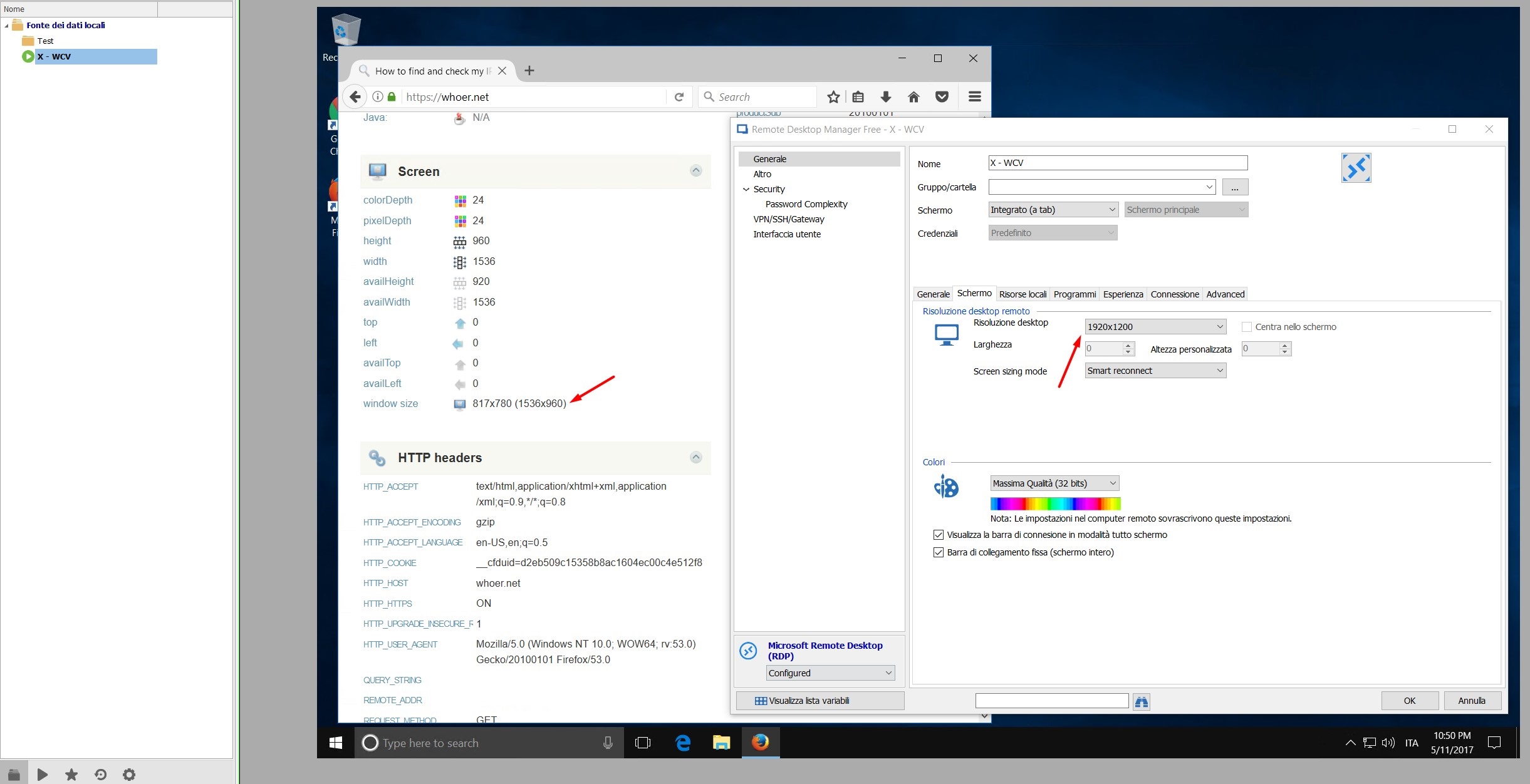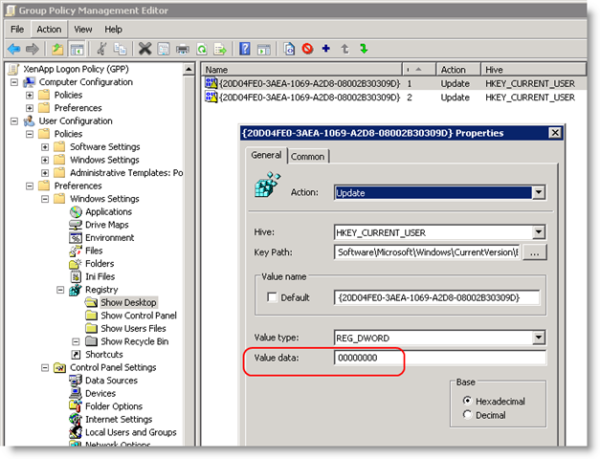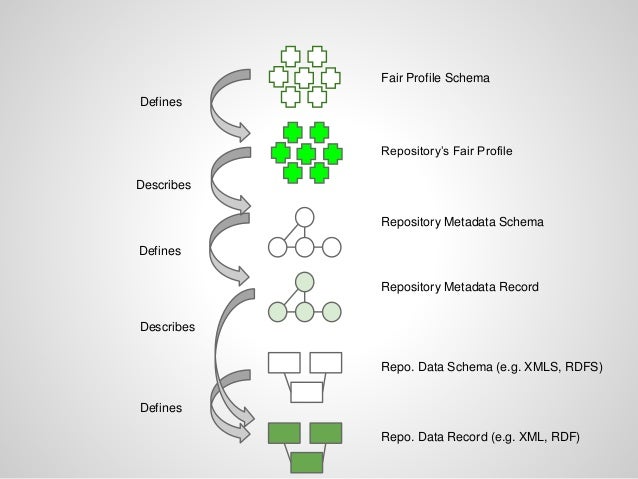
#Force rdp resolution gpo windows 10
I have been using Remote Desktop Connection Manager from my Windows 10 Surface Pro 4 connecting to a mix of Windows Server 2012 and Windows 10 virtual machines. The handling of DPI and associated scaling behaviour is different based on the version of the operating system. Remote Desktop Connection Manager has a quick way of doing this (just right-click and select Reconnect server).
#Force rdp resolution gpo full
If you disconnect and reconnect while on the external monitor you will now be able to go full screen on the external monitor. Surface screen) and then move that across to an external monitor it may not fill up the whole external screen when you try to go full screen. So if you have a session open on one of your screens (e.g. This only happens when you disconnect and reconnect. One important thing to note is that some scaling of the remote desktop occurs when the remote session is established. Screenshot (click to enlarge): Remote Desktop Connection Manager also provides a much richer set of configuration options regarding the display if it doesn’t just work for you immediately as well. Screenshot (click to enlarge): Remote Desktop Connection Manager full screen option is a bit hidden away under the Session menu Again in full screen mode, the remote desktop takes up the entire screen and scaling happens without leaving you with blurry text, images and cursor. Text, images and cursor all appear crisp and as expected! Extending out to an external monitor is much more successful than with the standard RDC.

Screenshot (click to enlarge): Connecting using Remote Desktop Connection Manager I now get the remote desktop completely filling up my Surface screen, and at a resolution and DPI that is useable. Screenshot (click to enlarge): Remote Desktop Connection Manager layout
#Force rdp resolution gpo free
Instead I now use a separate free product that Microsoft has available called Remote Desktop Connection Manager. The closest thing I have found to a silver bullet that addresses most of these issues in one hit is to stop using the Remote Desktop Connection client that comes built into Windows 10.

As soon as I tried to RDC to these virtual machines I immediately started running into these problems. I have transitioned across to using a Surface Pro 4 as my main work machine, I don’t do much development work directly on the Surface, rather I have a few virtual machines running on servers in the office and in Azure.

between Surface screen and external monitor)



 0 kommentar(er)
0 kommentar(er)
